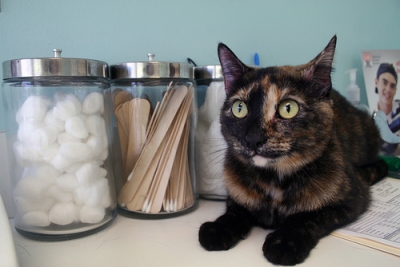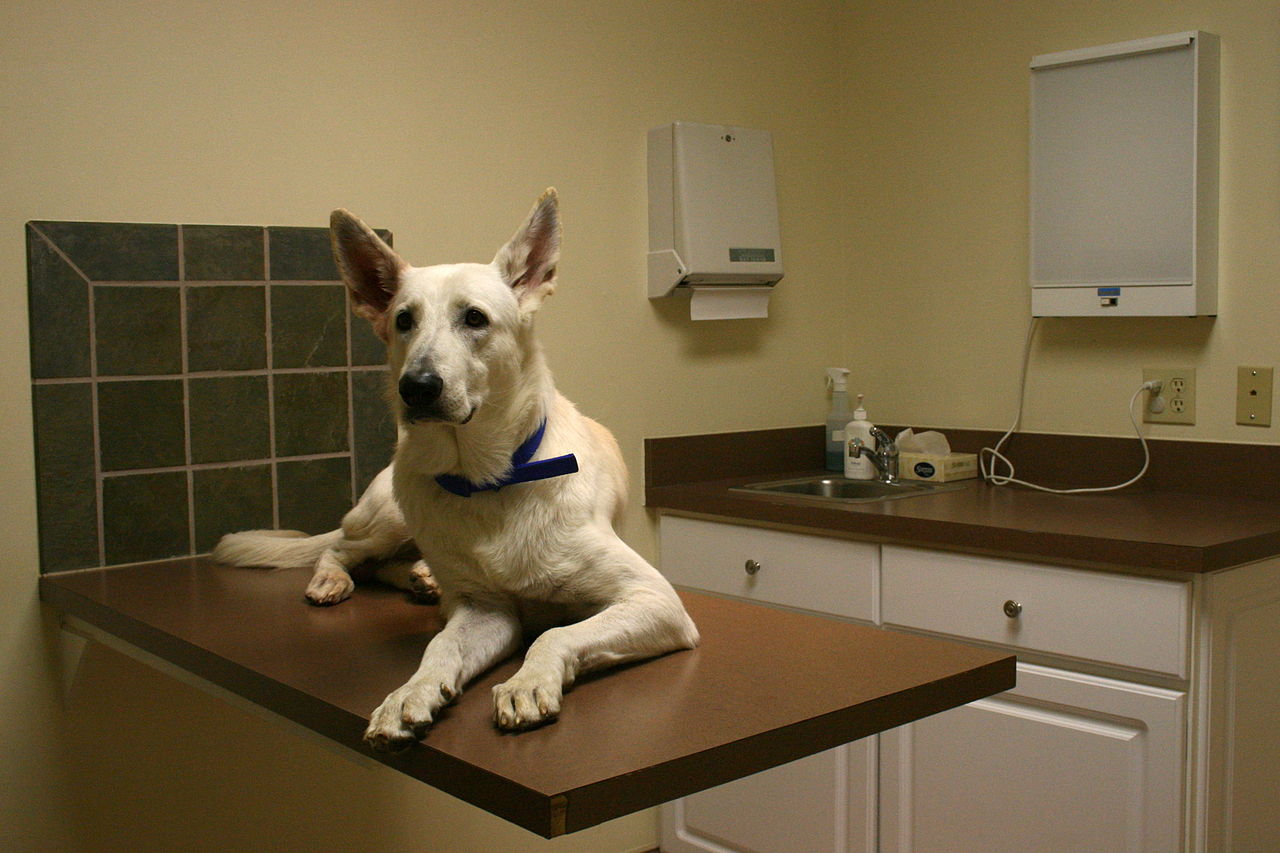A basal cell tumor is a slow-growing skin tumor found in the structures of the skin such as hair follicles and their subaceous and sweat glands.
Basal cell tumors are more common in older cats and long-haired cats. They are less common in dogs where they are usually found on the head and neck. Basal cell tumors are mainly benign.
Although squamous cell carcinoma generally occurs as a result of a pet’s over-exposure to sun, it’s not apparent that the same is true for basal cell tumors. Basal cell tumors can ulcerate (ulcer – a skin sore that disintegrates tissue), bleed and become infected. Lumps and bumps on your pet should always be checked by the vet.
Your vet will diagnose basal cell tumors by taking cell samples through fine needle aspiration, punch biopsy, tissue biopsy or complete surgical removal of the tumor. The sample is then sent to the laboratory for a microscopic examination by a pathologist where identification is made to determine if the tumor is benign or malignant. Based on the results your vet will tell you if a recurrence is a possibility.
This type of tumor sometimes, although very rarely, dies on its own through loss of its blood supply. In this case, dead tissue must be removed surgically.
Treatment for basal cell tumors is surgical removal. Post-surgical care includes keeping the area clean and preventing your pet from reaching it with the use of a surgical collar if necessary.
Basal cell tumors rarely metastasize and surgical removal is usually a cure.



